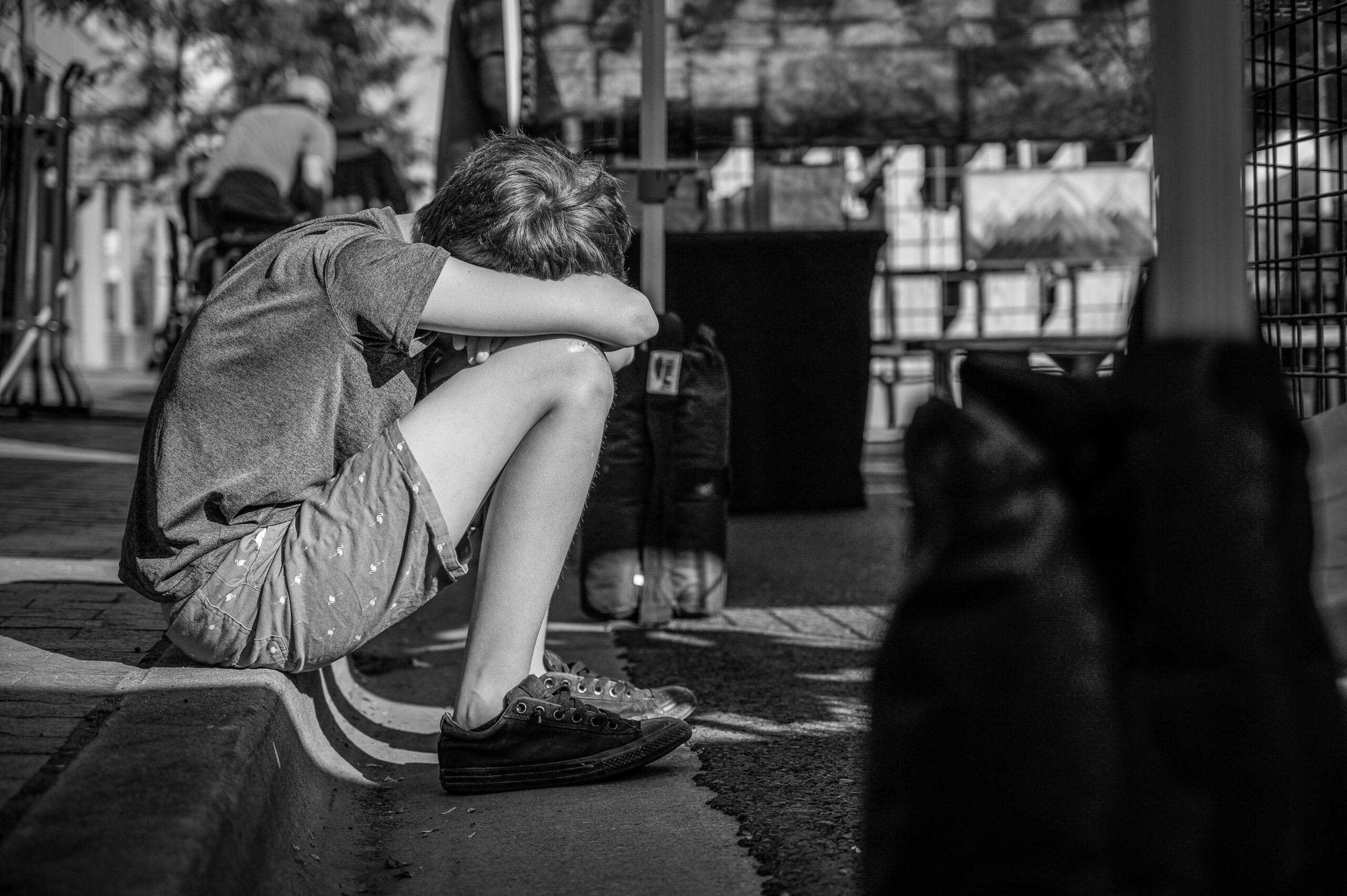Childhood is often seen as a carefree, happy time, but children can experience depression just like adults. The challenge is distinguishing between normal developmental changes and signs of a deeper mental health concern. So, how do you recognize the signs of childhood depression? And how can you tell the difference between typical childhood ups and downs and something more serious?
Normal Child Development vs. Depression
Depression in children can look different than in adults. While adults may express sadness openly, children may act out, withdraw, or struggle in school.
Typical Developmental Changes
Children go through natural emotional ups and downs as they grow. Some normal behaviors include:
✔ Mood swings, especially in adolescence
✔ Temporary sadness after a disappointment or loss
✔ Occasional defiance or tantrums
✔ Shyness or social discomfort in new situations
✔ Changes in interests and friendships
These behaviors are usually short-lived and don’t disrupt daily life for extended periods.
Signs of Childhood Depression
If a child is struggling with depression, the symptoms will be more persistent and impact multiple areas of life, such as school, home, and friendships. Watch for:
🔹 Persistent Sadness or Irritability – A child may seem down most of the time, cry frequently, or become easily frustrated over small things.
🔹 Loss of Interest in Activities – They may no longer enjoy hobbies, games, or social activities they once loved.
🔹 Changes in Sleep Patterns – Sleeping too much or too little, frequent nightmares, or trouble falling asleep.
🔹 Fatigue and Low Energy – Even after a full night’s sleep, they may seem constantly tired.
🔹 Changes in Appetite or Weight – Significant weight gain or loss, or a sudden lack of interest in food.
🔹 Difficulty Concentrating – Trouble focusing in school, declining grades, or appearing “zoned out.”
🔹 Withdrawal from Friends and Family – Preferring to be alone or avoiding social interactions altogether.
🔹 Self-Critical Thoughts or Low Self-Esteem – Frequently saying things like “I’m stupid,” “Nobody likes me,” or “I can’t do anything right.”
🔹 Talk of Death or Suicide – Any mention of death, wanting to disappear, or self-harm should be taken seriously and addressed immediately.
What to Do If You Suspect Depression in a Child
If a child shows multiple signs of depression for two weeks or longer, it’s important to take action:
✔ Talk to Them – Create a safe space where they feel comfortable opening up. Avoid dismissing their feelings or saying, “You’ll be fine.”
✔ Encourage Professional Help – A pediatrician, school counselor, or mental health professional can assess the situation and provide guidance.
✔ Support Healthy Routines – Encourage exercise, a balanced diet, and regular sleep patterns, which all impact mood.
✔ Reduce Stress Where Possible – Look for stressors in their environment, such as bullying, family conflicts, or academic pressure, and address them.
✔ Let Them Know They’re Not Alone – Reassure them that their feelings are valid and that help is available.
Childhood depression is real, but with early recognition and support, children can recover and thrive. The key is to take their feelings seriously and seek help when needed. Mental health matters at every age. 💙

